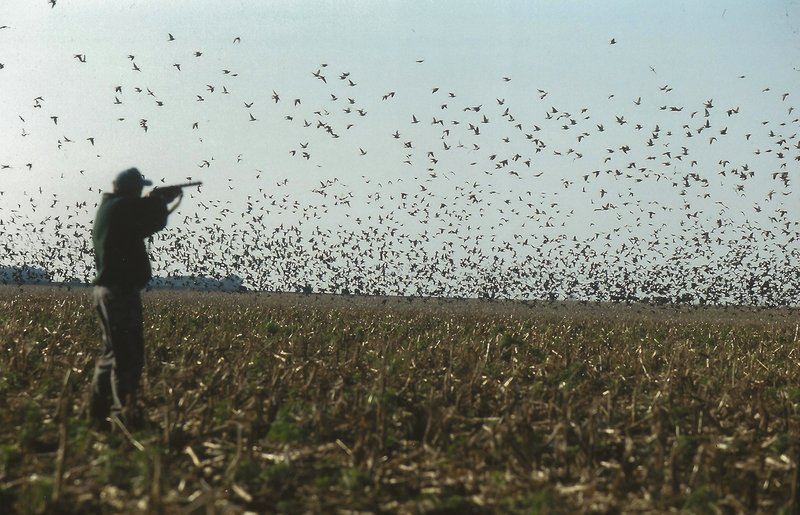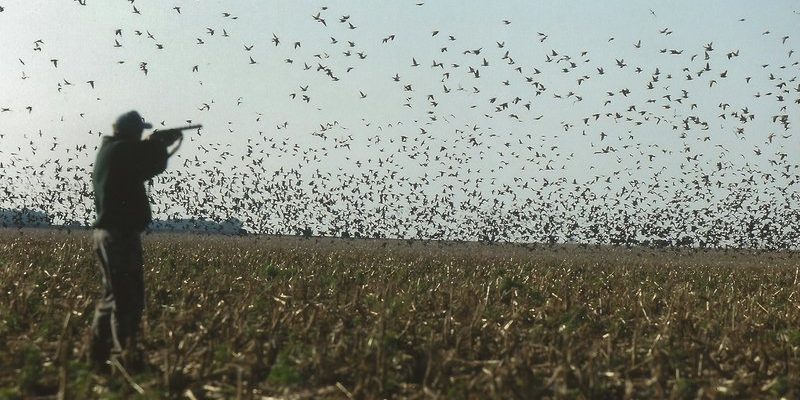
When you watch a dove in action, it’s clear they’ve mastered the art of flight. They can zip through dense foliage or glide gracefully through the open sky. These birds aren’t just lucky; they’ve developed specific techniques that allow them to avoid predators and locate food. So, let’s soar into the fascinating world of doves and explore how they fly and hunt!
The Anatomy of a Dove’s Flight
Understanding how doves fly begins with their body structure. These birds are lightweight, with a unique muscle structure that gives them remarkable agility in the air. Their strong breast muscles power their wings, allowing for quick takeoffs and rapid movements.
1. Wing Shape and Size: Doves have broad wings that enable them to catch air efficiently. This shape contributes to their ability to glide smoothly and change directions swiftly, which is essential when dodging predators.
2. Tail Feathers: Tail feathers, or *rectrices*, play a crucial role in steering. When a dove wants to turn, it can spread out its tail feathers, much like a rudder on a boat, allowing for precise control during flight.
3. Lightweight Bones: Their bones are not just any bones; they are *hollow and lightweight*, reducing their overall body weight. This adaptation helps them stay buoyant and energetic in the sky, making long flights easier.
Honestly, it’s like they have their own built-in flight simulator, enabling them to navigate their environment seamlessly!
Flight Styles: Quick Dashes and Gliding
Doves use a variety of flight styles that showcase their impressive abilities. You might notice them flapping their wings rapidly while darting from one tree branch to another. This quick burst of speed is part of their escape strategy.
1. Flapping Flight: When doves feel threatened, they can accelerate quickly by flapping their wings vigorously. This rapid movement helps them evade predators like hawks and cats.
2. Gliding: After flapping, doves often glide to conserve energy. They can spread their wings wide and enjoy the air currents, giving them a break from constant flapping. Gliding is an essential part of their hunting technique, too, allowing them to survey the ground for food.
3. Hovering Abilities: While not common, some doves can hover for short periods. This ability helps them when they’re pinpointing food on the ground or observing potential dangers from above.
You might be wondering how doves manage to execute these styles so effectively. They practice, just like we do with any skill, honing their technique over time.
Hunting Techniques: Finding Food in the Wild
When it comes to hunting, doves have developed specific techniques that help them locate food efficiently. Whether it’s seeds, fruits, or small insects, these birds are resourceful foragers.
1. Ground Foraging: Doves are often seen pecking at the ground, looking for seeds and grains. Their keen eyesight helps them spot these food sources quickly, even in dense grass.
2. Scouting from Above: While perched on tree branches, doves can scan the area for food. This high vantage point allows them to spot potential meals and dip down quickly when they see something appetizing.
3. Group Feeding: Doves often feed in small groups. This behavior not only helps them find food more efficiently, but it also provides safety in numbers. If one dove spots a predator, the whole group can take off together, minimizing risk.
Let me explain: think of doves as savvy little detectives, using their skills and teamwork to hunt effectively.
Communication While Flying
Flying isn’t just about movement; it’s also about communication. Doves have unique ways of expressing themselves while in the air, which adds to their social dynamics.
1. Cooing Sounds: While flying, doves often coo. These soft sounds can convey various messages, like signaling distress or attracting mates.
2. Visual Signals: Doves use body language, too. During flight, they might show off their feathers or perform acrobatic maneuvers to catch the attention of other doves.
3. Mating Displays: Male doves will engage in impressive aerial displays to attract females. They can perform loops and dives, showcasing their strength and agility—almost like a mini airshow!
So, the next time you hear a dove cooing or see it elegantly flying, remember there’s a lot going on beyond just the visuals!
Survival Strategies: Evasion and Escape
Doves face many threats in the wild, from predators to harsh weather. Their flying and hunting techniques are crucial for survival.
1. Quick Reflexes: Doves have fast reflexes that allow them to respond quickly to danger. If they sense a predator, they can take off in a flash, flying in unpredictable patterns to confuse their pursuer.
2. Seeking Shelter: Doves often fly to dense foliage for safety. Trees and bushes provide cover from predators, allowing them to rest and regroup after foraging.
3. Adaptability: Doves adjust their behaviors based on their environment. In urban areas, they might forage near picnic spots where people drop food, showcasing their ability to adapt to changing circumstances.
Here’s the thing: the combination of their flying prowess and evasive maneuvers maximizes their chances of survival in a world full of challenges.
Doves are more than just lovely little birds; they are remarkable avian athletes with a unique approach to flying and hunting. Their ability to dart, glide, and forage shows us how species adapt to thrive in their environments. From their anatomy to their hunting techniques, everything about them is a testament to nature’s ingenuity.
Next time you see a dove flutter by, take a moment to appreciate the beauty of their flight and the skill involved in their everyday survival. Every flap of their wings tells a story of evolution, adaptation, and the pursuit of food. Doves remind us that even the simplest creatures can have extraordinary qualities worth admiring.

